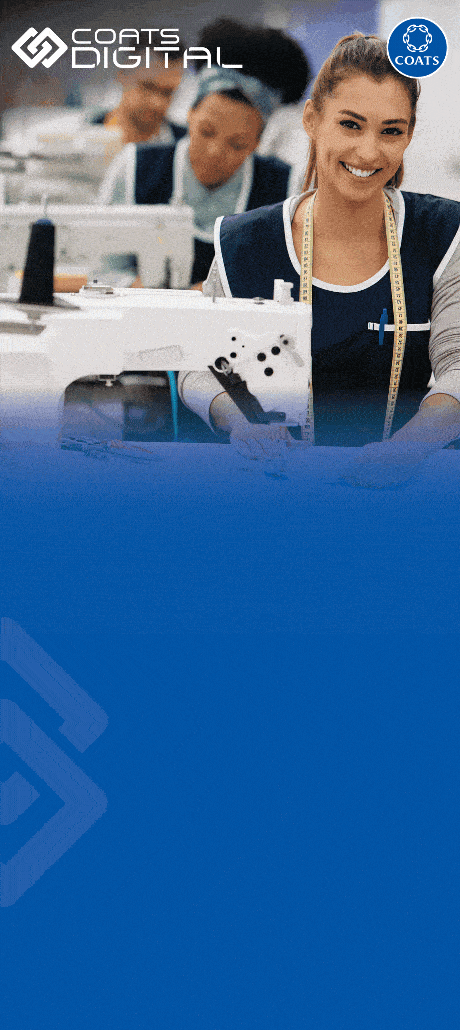NewRetex launches a ground-breaking, fully automated sorting system for textile waste. The Danish company is one of the first in the world to use near-infrared (NIR) sensors, cameras and machine learning to sort discarded textiles according to material type, material composition, colour and structure.
The automatic and detailed sorting always follows the goal of converting waste into valuable resources and has a built-in data collection and traceability system on all processed material.
NewRetex is opening up an innovative market for the recycling of textiles that fulfils the new regulations for the collection of post-consumer textile waste in Europe, and is now ready for possible partnerships and collaborations to license and sell the fully automated sorting system outside its own operations, so that even more textiles can be kept in circulation throughout Europe.
„Our sorting technology makes it possible to sort the large quantities of textile waste that all European countries are confronted with and ensure recycling opportunities. In this way, clothing can become clothing again“, says Betina Theilgaard Lauridsen, Circular Product Developer at NewRetex.
What is the problem?
The textile industry is currently the fifth largest CO2 emitter in the world and ranks fourth when it comes to the consumption of raw materials and water. NewRetex is tackling this urgent environmental disaster with its fully automated sorting of textile waste.
This is because less than one percent of all clothing worldwide is still recycled into new clothing and the raw materials are wasted instead. For the complex fiber-to-fiber recycling process, however, textiles must be sorted in detail according to the categories of quality, colour and material composition. This is the only way to recycle textile waste into new yarns that can be used to make new clothes.
After all, different fibres require different recycling processes. Accurate sorting is therefore the decisive obstacle to a closed cycle.
NewRetex has overcome this obstacle with its pioneering, fully automated sorting system for textile waste. Until now, sorting by material has presented the industry with particular challenges. This is because care labels with information on the material composition are often imprecise and the material composition is difficult to categorize for the human eye, all of which made sorting textile waste difficult until now. With its fully automated sorting system consisting of near-infrared sensors (NIR) and cameras, NewRetex has found a solution to this industry-wide problem.
How does it work?
NewRetex receives discarded textiles from municipalities, fashion brands, workwear companies ect. and sorts and processes them. The automatic sorting system from NewRetex then ensures efficient and documented sorting according to material type, material composition, colour and structure, using innovative technology combining near-infrared (NIR) sensors and cameras respectively. Using machine learning, the categorizing of the textiles is flexible and can be set according to individual requirements, due to the recycling purposes.
The existing expanded plant with a main sorting line, which has been in operation since October 2023, has a capacity of 200 tonnes of textile waste per month. It is scalable depending on the input volume and is suitable for a wide range of customers from municipalities, textile and clothing manufacturers and companies from the spinning, yarn, etc. sectors.
NewRetex itself demonstrates the positive impact that the fully automated and detailed sorting of textile waste can have on a circular economy: The company has succeeded in developing recycled fibres from the post-consumer textile waste sorted at the facility, and yarns made with these fibers, suitable to produce new garments.
In the future, NewRetex wants to use 70 percent of the input textile waste for new fibres, while the remaining 30 percent can be integrated into the open recycling loop or the production of synthetic gas. In this, the company always follows its overall philosophy: to have a positive impact on the environment by minimizing waste and promoting circularity in textile recycling.



















